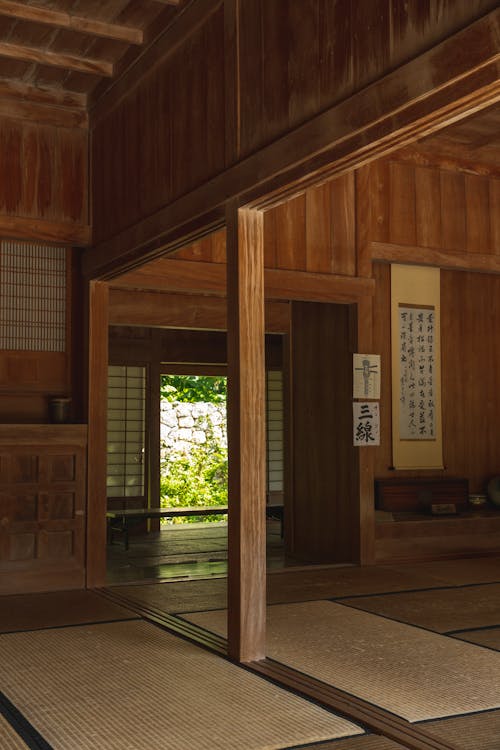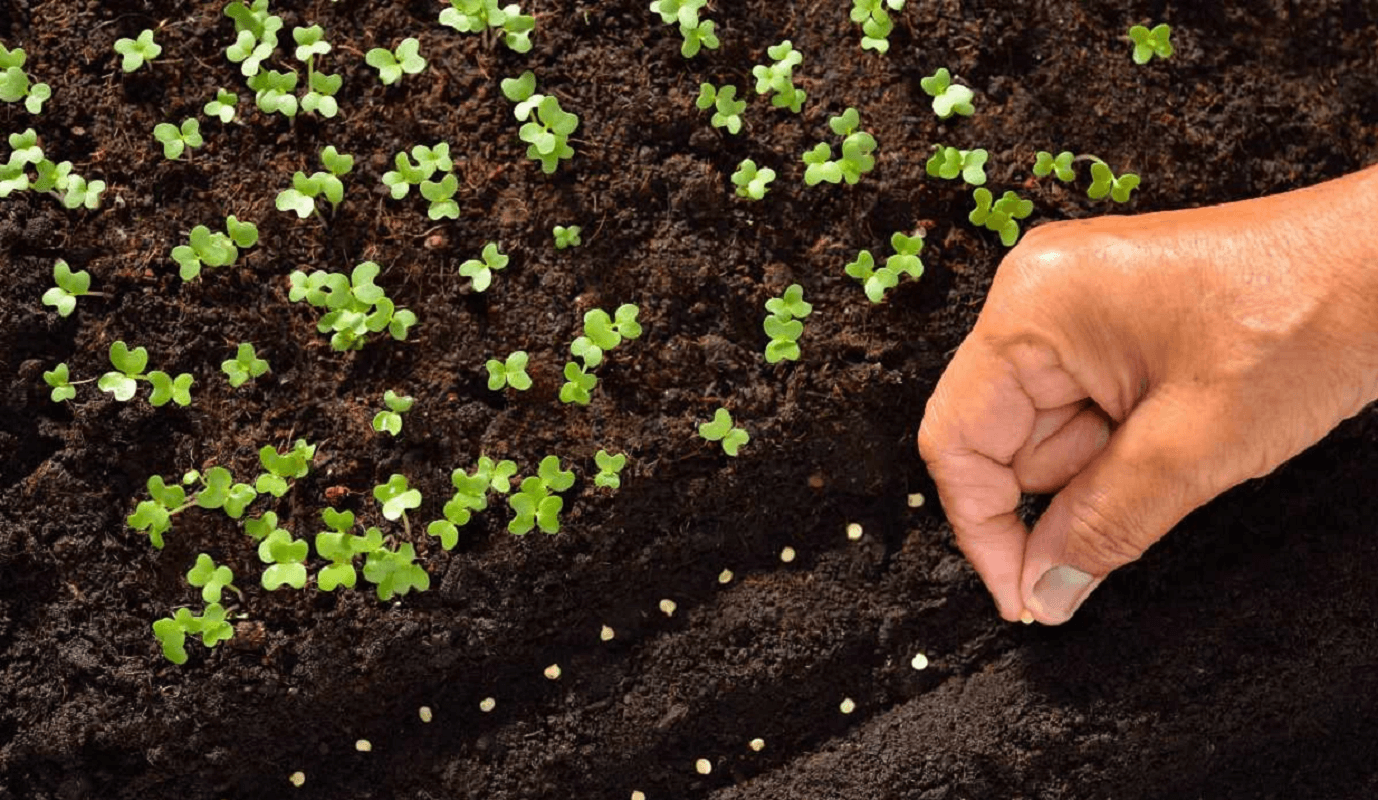9 Tips for Better Seed Germination Rates This Season: No matter if you plant seeds indoors, outdoors, or in the winter, every grower wants their seeds to germinate quickly. Logan Hailey, a gardening expert and former organic farmer, shares her best tips for getting your seeds to grow faster this season.
9 Tips for Better Seed Germination Rates This Season
1. Don’t Let Your Soil Dry Out
Soggy soil and dry soil are two of the fastest ways to kill seeds that are trying to grow. These two extremes of wetness can be very bad for all kinds of seeds, but especially for veggie seeds that are starting to grow in seedling trays:
- Seeds can’t grow if they don’t get enough water.
- The seeds will shrink and die because of this.
- Seeds can go bad if they get too much water.
- It can also make the earth hard, cause hypoxic (low oxygen) conditions, and spread diseases that kill plants.

The seeds are strong enough to fly away in the wind and stay stored in containers all winter. But once they come out of sleep and start growing, seeds need everything like a baby does. They need a steady source of water since their roots haven’t grown enough to find water in the dirt. Don’t forget:
- Seeds that are dry sleep.
- Seeds that are moist grow.
- Wet seeds go bad.
Make sure the dirt stays moist by checking on your seeds every day. Some seeds can survive for a few hours to a day without enough water, but it’s best to keep them from getting stressed out. In the long run, water stress can make plants grow slowly and weakly. Check on your kids often!
If you want to start seeds indoors, look at both the soil on top and the soil near the plant tray’s drainage hole. It needs water if it looks dull or dry. When you water your plates, stop when water starts to flow out of the bottom holes.
2. Provide Enough Light

All plants require light after they reach the surface, even if the early germination process takes place in the darkness of the earth. Your seedlings have little chance of success if they aren’t receiving enough natural or artificial light. The most common cause of weak, lanky, or spindly newborn plants is inadequate light levels.
Investing in a compact nursery greenhouse or additional lighting equipment might improve seed germination indoors. Additionally, you can position seed starting pots as near as possible to a window that faces south and is sunny.
3.Use a Soil Thermometer

All plants require light after they reach the surface, even if the early germination process takes place in the darkness of the earth. Your seedlings have little chance of success if they aren’t receiving enough natural or artificial light. The most common cause of weak, lanky, or spindly newborn plants is inadequate light levels.
Investing in a compact nursery greenhouse or additional lighting equipment might improve seed germination indoors. Additionally, you can position seed-starting jars as near as possible to a window that faces south and is bright.
Commence sowing when the soil temperature is within the proper range, rather than basing your seeding schedule on the weather.
4. Soil Temperature Cheat Sheet

This reference guide was modified based on credible scientific studies conducted at the University of California. These figures don’t necessarily indicate that your seeds won’t germinate at greater or lower temperatures; rather, it has been demonstrated that the ideal range yields the most reliable germination outcomes. The most accurate tool for determining the likelihood that your seeds will succeed is a soil probe thermometer.
5. Use a Heating Mat

For warm-weather crops like tomatoes, peppers, cucumbers, and squash, the simplest (and least expensive) option to dramatically increase germination rates is to use a heating pad if you are unable to construct a completely climate-controlled greenhouse.
These temperature-controlled, weatherproof electric mats are simple to install under seed starting trays. Just place your trays on top, plug it in, and watch the magic happen!
A seedling heating mat offers the following advantages:
- Faster germination: Warm soil speeds up the emergence of most veggies.
- More uniform germination: Seeds sprout at around the same moment.
- Direct heating: You can heat the soil from the bottom up using a mat.
- Consistency: Keep soil temperatures more consistently distributed and less variable.
Certain seeds, such as brassicas, need only be placed on a heating mat while they are germinating and should be taken off of it once they have sprouted. Others (tomatoes, peppers, squash, etc.) can sleep on the heating pad during the early stages of their development as seedlings.
6. Sow at the Proper Depth

Seeds must be tucked in at a specific depth in order to germinate properly, just as a baby needs to be swaddled beneath with the ideal amount of blankets to be warm. On the one hand, you don’t want to completely cover your seeds with dirt. The seeds might not have enough energy to reach the light if you plant them too deeply.
Conversely, seeds that are not properly covered are left uncovered and vulnerable to the weather. Planting too shallowly runs the risk of the seeds blowing away, drying up, or becoming loose when you water them.
Generally speaking, seeds should be sown twice as deep as their size.
You can plant large seeds, such beans and squash, up to an inch deep in the ground.
You can plant medium-sized seeds, such as tomatoes or brassicas, in a little hole that is roughly twice their size.
Add a thin layer of soil on top and sprinkle tiny seeds, such as lettuce and basil.
7. Use a Well-drained Soil Mix

Because drainage keeps seeds from decaying in the soil, it is essential for successful germination. Water flows through the seedling tray faster. Furthermore, extra oxygen exists between the particles in well-drained soil, which aids in the seeds’ ability to “breathe.” Your seedlings can be suffocating in heavy or poorly drained soil if you are seeing uneven germination.
Seek out a soil mixture designed specifically for seeds. These blends are perfect for container gardening since they have additional drainage, which sets them apart from potting mix or garden bed mix.
The following are the ideal components of a well-drained seedling mix:
compost that has been sieved lite.
- Vermiculite.
- Peet moss
- Coconut coir
- Vermicompost.
Don’t use garden soil or recycle old soil mix while growing in trays. This aids in preventing damping off, a horrible illness that affects seedlings and is brought on by a soil fungus that prefers moist conditions.
Make sure you have set up a seed bed that is well-drained before direct sowing outside. Think about adding perlite, coco coir, peat moss, or sieved compost to the soil. To break up big clumps of soil, you can use a shovel, a scuffle hoe, or a tilther (a shallow tiller).
Before sowing, smooth the soil using a rake. You can seed into a thin layer of seed-starting mix that you’ve poured over the garden bed if your soil is heavy or high in clay.
8. Don’t Plant Old Seeds

While some seeds can remain dormant for years or even decades, these are the exceptions! In general, a seed’s chances of germinating decrease with age. When vegetable seeds are young, they will repay you with the fastest, most even germination.
A seed’s age is recorded by seed firms using the lot number and date that are printed on the seed packaging. Verify the dates on your seed packets to be sure they are no more than a year or two old before planting.
If a seed is older than three to five years, discard it. It is better to place a fresh purchase for hybrid seeds each year.
9. Use Row Cover for Direct Sown Seeds

Maintaining uniform conditions in the garden throughout fluctuations in the outside weather is more challenging when direct seeding. An agricultural fabric called row cover lets light and water through, giving seeds a more relaxed environment.
This fabric generates a pleasant, warm “microclimate” beneath it, which can significantly increase germination success. Additionally, it protects the seeds from the damaging drying effects of wind, assisting in the continuous retention of moisture.
Even better, row cover keeps pests away from seeds that are developing! Rather of depending on biocontrol or insecticides, row cover physically keeps pests away from recently germinated plants. For instance, crops that are especially vulnerable to flea beetles include radishes, turnips, and arugula.
These veggies can grow without the unpleasant effects of flea beetles on their leaves if they are covered with row cloth during germination. Expert cultivators swear by this!
To keep seeds outside moist and to control temperature, cover them with row covers. Invest in a row cloth thickness that is ideal for your crops and environment.
For germination purposes, thicker fabric retains more warmth but lets in less light—perfect for carrots, cucumbers, or greens. When it comes to keeping pests out of cold-loving crops like spinach, thinner row cloth works best.
After seeding, place row cloth directly on top of the soil. To keep the fabric from blowing away, fasten it with bricks, sandbags, landscaping staples, or other weights around the edge.
Don’t Sow Too Densely

To make sure you have enough plants for the season, it’s common to plant additional seeds. But if you neglect to thin your seedlings, they will soon get crowded and vulnerable to illnesses. Your plants may develop weakly, spindly, or stunted as a result of dense sowing.
Plant two to three seeds each cell while growing in seed trays. One seedling per cell can be achieved by thinning most vegetables. It is necessary to verify the required spacing for the particular variety while cultivating outdoors. Use a hand seeder if the seeds are very little to avoid spreading too many of them in one place.
When seedlings begin to produce their initial sets of genuine leaves is the ideal time to thin. To remove the unwanted seedlings from the base, use fine scissors or needle-nose pruners. The roots of the plants you wish to maintain may be disturbed if you pull or yank seedlings out.
Final Thoughts
Finding the ideal circumstances for particular crops and climates can take some time, but seed germination is not a complicated process. It could take some time to create your optimal seeding procedure. For the most consistent success, pay attention to these three factors:
